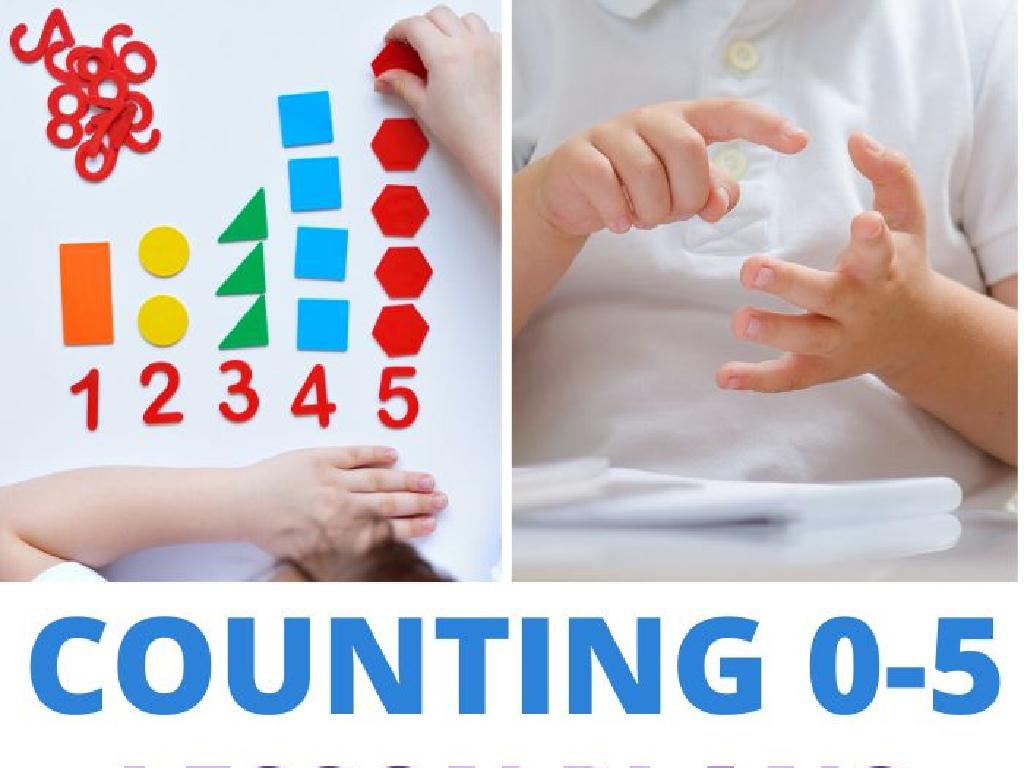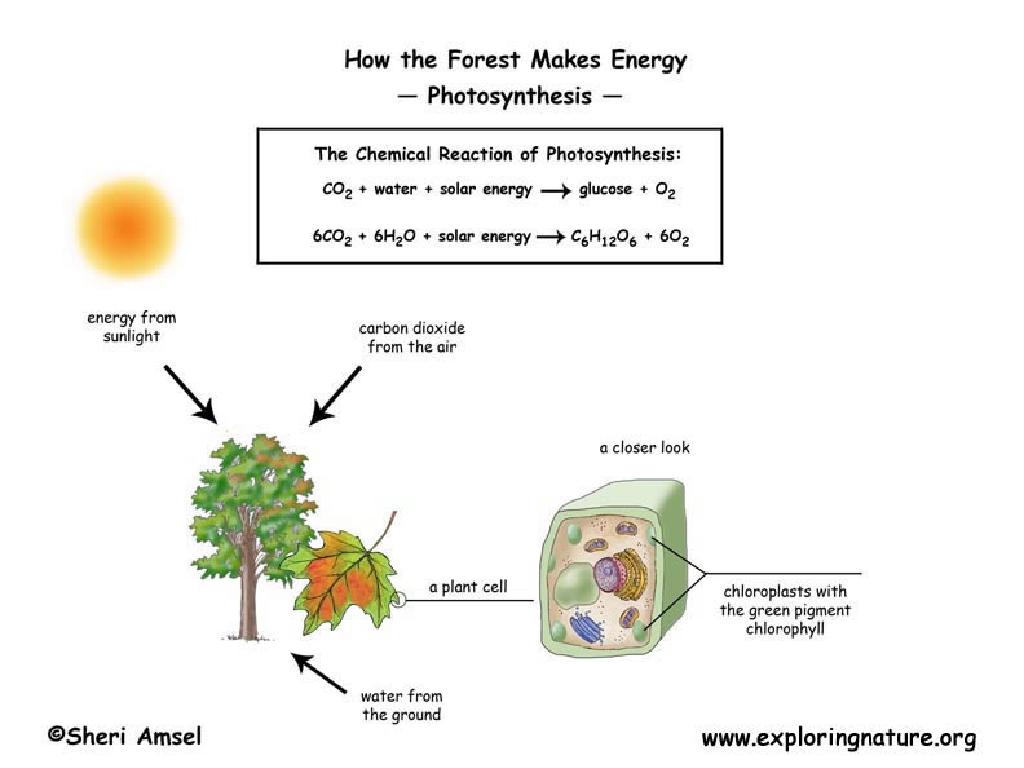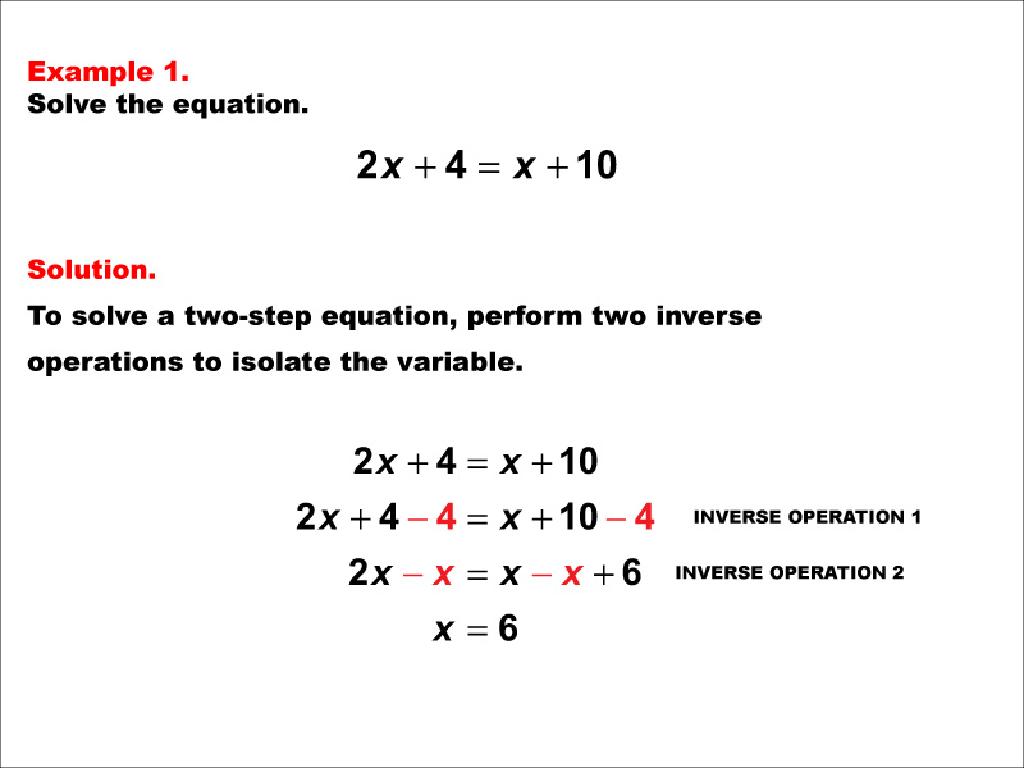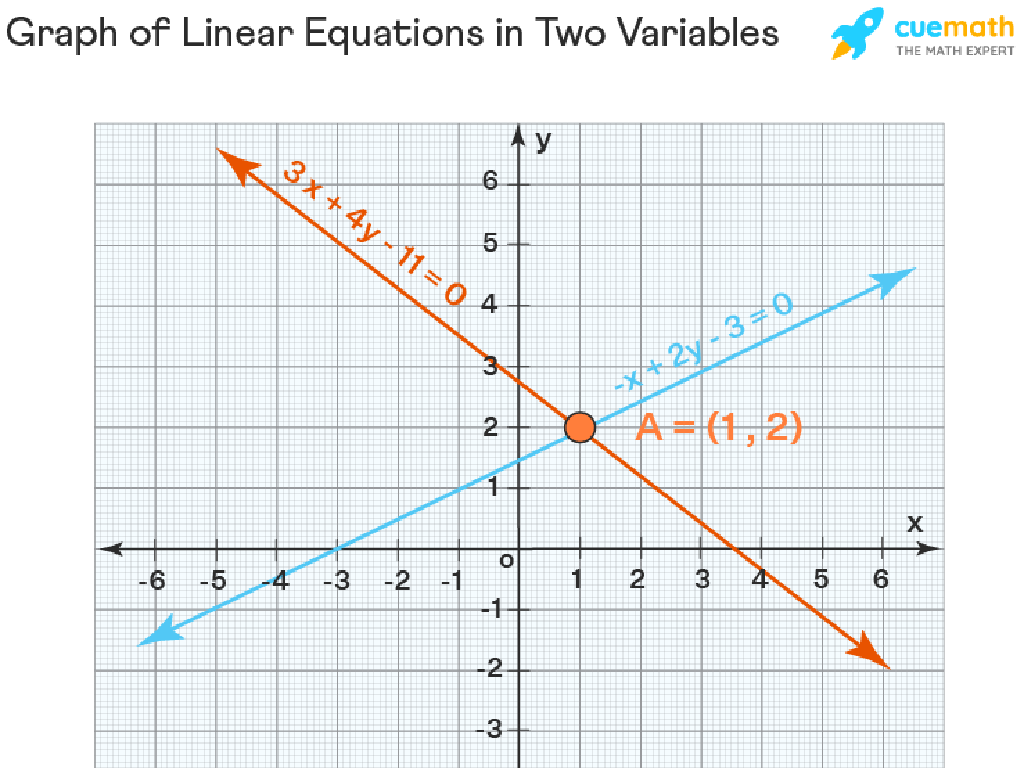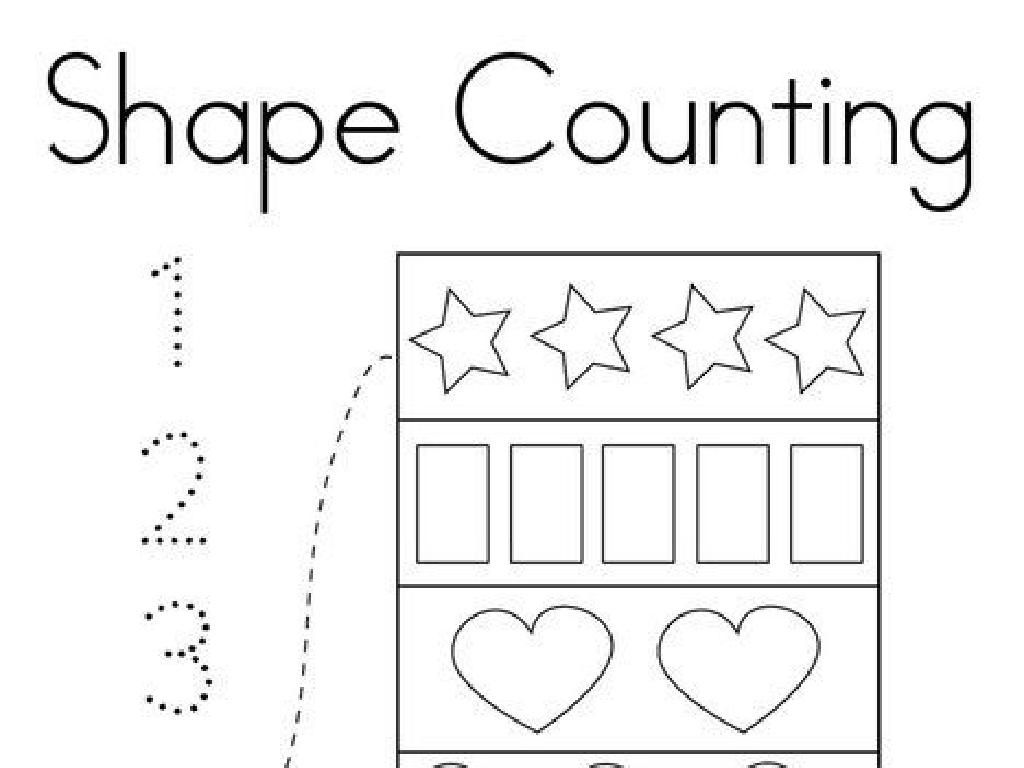Weather And Climate Around The World
Subject: Science
Grade: Third grade
Topic: Weather And Climate
Please LOG IN to download the presentation. Access is available to registered users only.
View More Content
Exploring Weather and Climate
– Understanding Weather
– Weather is the day-to-day state of the atmosphere.
– Understanding Climate
– Climate describes the weather of a place over a long period.
– Weather vs. Climate
– Weather changes daily, climate is the average over years.
– Impact on Daily Life
– Weather can change plans; climate affects where we live.
|
This slide introduces the concepts of weather and climate, which are fundamental to understanding our environment. Weather refers to the short-term changes in the atmosphere, including temperature, precipitation, and wind that we experience daily. Climate, on the other hand, is the average of these weather patterns over a longer period, typically years. It’s important to discuss how weather can affect day-to-day activities, such as what we wear or if we can play outside. Climate influences broader decisions, like the types of houses we build or the crops we grow in a region. Engage the students by asking how the weather today affected their choice of clothing or activities. This will help them relate to the topic on a personal level and understand the relevance of weather and climate in their lives.
Exploring Types of Weather
– Sunny Days and their effects
– Sunlight warms the earth and makes us feel hot.
– The science behind Rainy Days
– Rain comes from clouds when they get too full of water.
– Snowy Days and snow formation
– Snow is frozen water that falls when it’s very cold.
– Windy Days and the reason for wind
– Wind is moving air caused by the sun heating the earth unevenly.
|
This slide introduces students to different types of weather conditions and their basic scientific explanations. Discuss what happens on a sunny day, such as clear skies and warmer temperatures, and how the sun affects our environment. Explain the water cycle briefly to illustrate why it rains, emphasizing the role of clouds. For snowy days, describe how snow forms when temperatures drop below freezing. Lastly, explain that wind is created by air moving from high-pressure to low-pressure areas due to the sun’s heat. Use simple language and relatable examples to help third graders grasp these concepts. Encourage students to share their own experiences with each type of weather to make the lesson interactive.
Exploring Weather Patterns
– What are weather patterns?
– Weather patterns are the usual way that weather behaves over a period of time in a particular area.
– Learn weather map symbols
– Symbols on a map that show types of weather like sunny, rainy, cloudy, etc.
– Predicting the weather
– Use weather maps and patterns to guess tomorrow s weather!
|
This slide introduces students to the concept of weather patterns and how they can be used to predict the weather. Begin by explaining that weather patterns are the typical ways in which weather changes or stays the same over time in a specific place. Show examples of weather map symbols and explain what each symbol represents. Then, discuss how meteorologists use these symbols and patterns to forecast the weather. Encourage students to observe the weather and make their own predictions. You can plan an activity where students draw their own weather maps using symbols learned.
Exploring Climate Around the World
– Climate vs. Weather
– Weather is day-to-day, climate is the average over time.
– World’s Climate Zones
– Tropical, temperate, polar regions with distinct weather patterns.
– Examples of Different Climates
– Sahara Desert (hot), Siberia (cold), Amazon (rainy), Mediterranean (mild).
– Climate’s Impact on Life
|
This slide aims to clarify the concept of climate and how it differs from weather, which is a common point of confusion. Climate refers to the long-term patterns of temperature and precipitation in a particular region, while weather is the short-term state of the atmosphere. Introduce the various climate zones of the world, such as tropical, temperate, and polar, and provide examples of each to help students visualize the differences. Discuss how different climates affect the way people live, the types of houses they build, and the clothes they wear. Encourage students to think about their own climate and how it influences their daily lives.
Understanding Climate Change
– What is Climate Change?
– Long-term change in Earth’s climate, especially a change due to an increase in the average atmospheric temperature
– Climate Change and weather
– More extreme weather like hotter summers, colder winters, and severe storms
– How we can help
– Save energy, plant trees, recycle, and use less water
|
This slide introduces the concept of Climate Change to third-grade students, explaining it as a long-term alteration in the Earth’s climate patterns, primarily due to increased atmospheric temperatures. Discuss how this change can lead to more extreme weather conditions, such as hotter summers and colder winters, as well as more frequent and severe storms. Emphasize the role that each person can play in combating climate change, such as saving energy by turning off lights when not in use, planting trees to absorb carbon dioxide, recycling to reduce waste, and conserving water. Encourage students to think of ways they can help at home and in their community.
Exploring Weather Instruments
– Thermometer: Measures temperature
– A tool that tells us how hot or cold it is
– Anemometer: Measures wind speed
– A device that shows how fast the wind is blowing
– Rain Gauge: Measures rainfall
– A tool used to check how much rain has fallen
|
This slide introduces students to the basic instruments used in measuring different aspects of weather. A thermometer is used to measure how hot or cold the environment is, which is the temperature. An anemometer measures wind speed, helping us understand how windy it is outside. A rain gauge collects rainwater, allowing us to measure the amount of rainfall over a period. These instruments are essential for meteorologists, who study weather patterns to forecast the weather. Encourage students to think about why it might be important to measure these elements of weather and how it could affect their daily lives, such as dressing appropriately for the temperature or knowing if they need an umbrella for rain.
Class Activity: Be a Weather Reporter!
– Role-play as a Weather Reporter
– Pretend you’re on TV giving the weather forecast
– Record today’s weather using tools
– Use thermometer, wind vane, and rain gauge
– Present your findings to the class
– Share what you’ve observed with your classmates
|
This interactive class activity is designed to engage students with hands-on learning. Each student will take on the role of a weather reporter, which will help them understand the importance of daily weather observations. Provide access to a classroom weather station that includes a thermometer for temperature, a wind vane for wind direction, and a rain gauge for precipitation. Guide the students on how to use these instruments. After recording the weather, students will prepare a short presentation to share their findings with the class, mimicking a real weather report. This activity not only teaches about weather instruments and observations but also helps develop public speaking skills. Possible variations of the activity could include creating weather charts, comparing weather with another region, or making predictions based on weather patterns.

